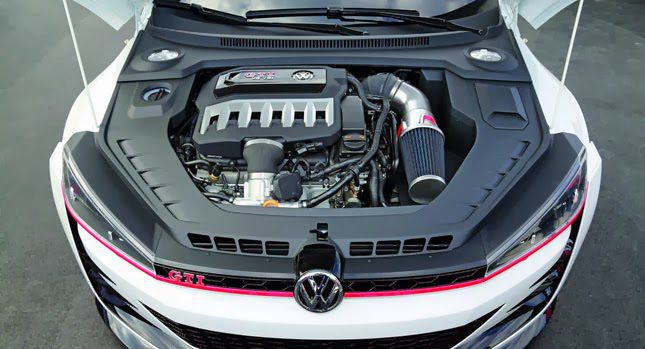Discovering the Inner Operation of a Compact Vehicle's Engine System
As chauffeurs, we usually take for granted the complex processes that happen within the boundaries of our automobile's engine system. In this exploration of a portable car's engine system, we will decipher the inner workings of this mechanical harmony, dropping light on the enigmas that drive us forward on our day-to-day journeys.
Combustion Refine Summary
The combustion procedure in a compact automobile's engine system is a critical mechanism that effectively transforms gas right into energy to power the automobile. This process occurs within the combustion chamber of the engine, where gas and air mix, ignite, and create regulated explosions. The burning procedure is composed of four main stages: consumption, compression, exhaust, and power.
During the intake phase, the piston moves downward, attracting a combination of air and gas into the burning chamber. The next stage, compression, involves the piston relocating up, compressing the air-fuel mixture to raise its effectiveness. Subsequently, in the power stage, the stimulate plug stirs up the pressed blend, causing a fast development of gases that forces the piston pull back. This downward activity generates the power required to drive the vehicle. In the exhaust stage, the burnt gases are eliminated from the burning chamber via the exhaust valve, preparing the chamber for the next cycle. This cyclic burning procedure is fundamental to the procedure of a compact car's engine system, making certain reliable power conversion for propulsion.
Piston and Cyndrical Tube Interaction

The piston's accurate fit within the cylinder is necessary for keeping optimal compression and avoiding energy loss during combustion. Tight clearances between the piston and cylinder walls guarantee effective sealing, permitting the piston to relocate efficiently without enabling gases to leakage past. Proper lubrication is likewise crucial to decrease rubbing and use between these components, enhancing longevity and efficiency.
In addition, the layout and products used in manufacturing the piston and cylinder influence engine performance and sturdiness. Modern engines commonly utilize lightweight yet durable products like aluminum alloys for pistons and cylinder liners to Discover More Here decrease inertia and enhance thermal efficiency. In general, the unified communication in between the piston and cylinder is essential to the engine's performance and total efficiency.
Fuel Shot System Performance
Fuel injection systems in compact vehicle engines play a crucial function in exactly delivering gas to the combustion chamber for reliable and controlled ignition. The fuel injection system operates by infusing fuel right into the combustion chamber at the optimum minute during the engine's operation (opel corsa engine). This precise timing makes certain that the gas mixes equally with the air for appropriate combustion, bring about enhanced fuel effectiveness and minimized discharges
There are largely two kinds of fuel injection internet systems used in portable lorry engines: port gas shot (PFI) and direct fuel shot (DFI) PFI systems infuse gas right into the intake port before the consumption shutoff, while DFI systems infuse gas directly into the burning chamber. Both systems have their benefits, with DFI supplying far better gas atomization and PFI providing a more affordable option.
Recognizing Engine Cooling Mechanisms
Efficient operation of a portable car's engine relies greatly on the performance of its cooling systems. The cooling system in a portable lorry typically consists of numerous elements working together to manage the engine temperature. Understanding these engine air conditioning mechanisms is essential for preserving the performance and long life of a small car's engine system.

Exhaust System Components Explained
The optimum performance of a compact lorry's engine cooling here devices depends on a complementary system recognized as the exhaust system, which comprises different vital parts for making certain reliable discharges and engine efficiency. The exhaust manifold collects exhaust gases from the engine's cylinders and paths them to the catalytic converter.
One vital component of the exhaust system is the oxygen sensing unit, which monitors the oxygen levels in the exhaust gases to help control fuel intake and ensure optimal engine performance. opel corsa engine. Furthermore, the resonator might be existing in some exhaust systems to reduce noise levels. On the whole, the exhaust system plays an important duty in keeping engine performance, reducing dangerous exhausts, and guaranteeing a quieter driving experience for small automobile proprietors

Conclusion
In verdict, the small vehicle's engine system is a complicated combination of elements that collaborate to assist in the combustion procedure, transform fuel into energy, and eliminate waste gases. Understanding the inner functions of the engine system, consisting of the piston and cyndrical tube communication, fuel shot system, engine cooling systems, and exhaust system components, is critical for maintaining optimal performance and efficiency of the lorry.
The combustion procedure in a portable lorry's engine system is a critical mechanism that efficiently converts fuel into energy to power the vehicle.Fuel injection systems in compact lorry engines play a critical duty in specifically delivering fuel to the burning chamber for regulated and reliable ignition.There are largely 2 types of gas shot systems made use of in portable lorry engines: port fuel injection (PFI) and direct gas shot (DFI) Recognizing these engine cooling devices is essential for keeping the efficiency and durability of a portable automobile's engine system.
The ideal functioning of a portable vehicle's engine air conditioning devices depends on a corresponding system recognized as the exhaust system, which comprises numerous vital elements for ensuring reliable emissions and engine efficiency.